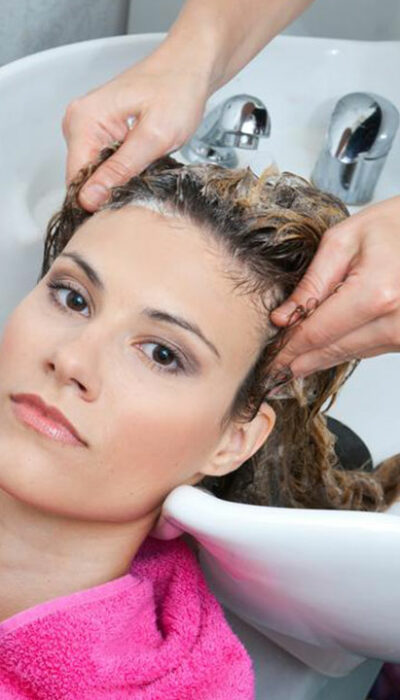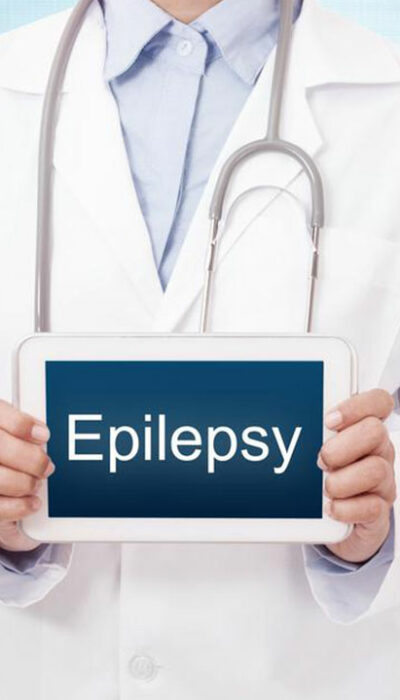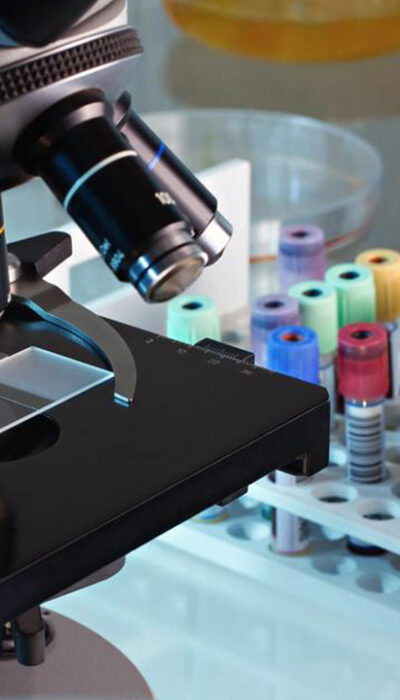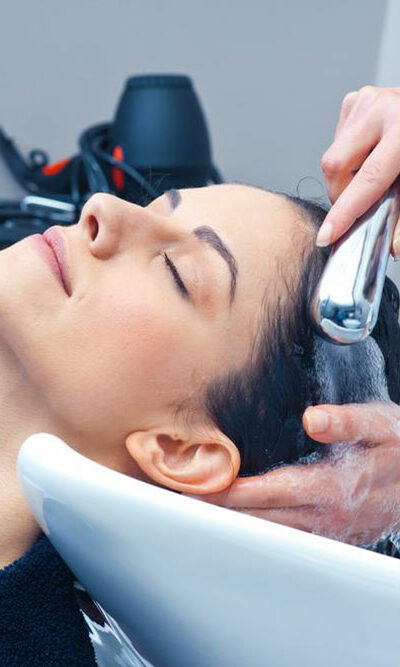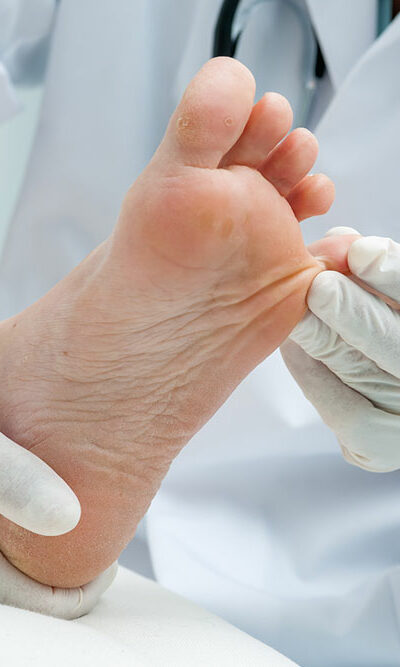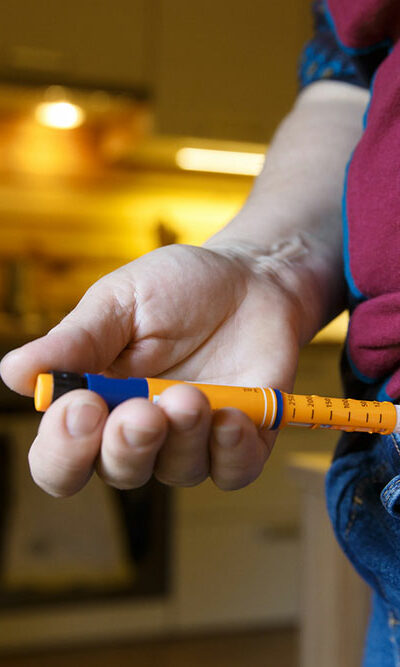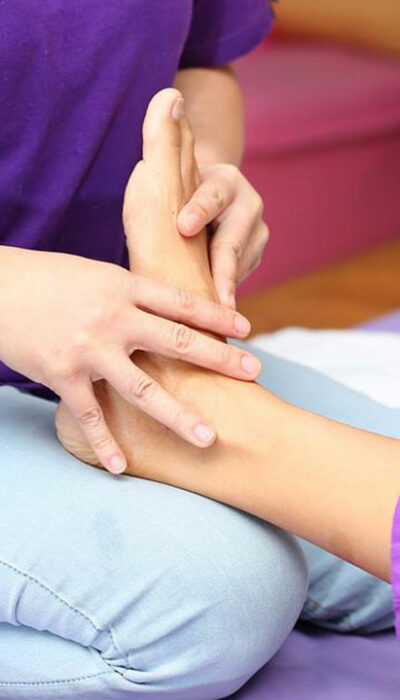
Treatment Options Available for Foot Neuropathy
Peripheral neuropathy is the aftereffect of the damage to the peripheral nerves. It results in a great amount of pain; moreover, you have to deal with numbness and weakness. The pain is felt usually in your feet and hands. It affects other body parts as well. If your doctor senses peripheral neuropathy, he/she will refer you to a neurologist who will assess the history of your symptoms in a detailed manner. Signs of impaired reflexes, numbness, and muscle weakness will be investigated. Sometimes, blood and urine tests are needed for checking the underlying disease that causes peripheral neuropathy. What are the best foot neuropathy treatment options available? Nerve condition velocity and electromyogram tests Nerve condition velocity and electromyogram tests are needed in the case of some patients for the treatment of foot neuropathy. These tests are conducted for analyzing muscle, nerve function, and to measure the electrical properties of your nerves. With the help of these procedures, neurologists can identify the problematic nerves and they decide which area of your structure is damaged. Other types of tests Other procedures involving the diagnosis and treatment of foot neuropathy are muscle and nerve and biopsies. They give a clear cut idea about the type and cause of the problem. For determining inflammation or infection, doctors also advise a lumbar puncture or a spinal tap. If someone in your family was already diagnosed with neuropathy, the doctor may want to review medical records to explore the possibility of hereditary links. Treating the underlying reason in the key The prognosis and treatment of foot neuropathy have a lot to do with the underlying cause of the nerve damage. For instance, a neuropathy disorder can be an aftereffect of a vitamin deficiency. In this situation, this deficiency should be treated and reversed with the help of vitamin therapy and a healthy diet.


